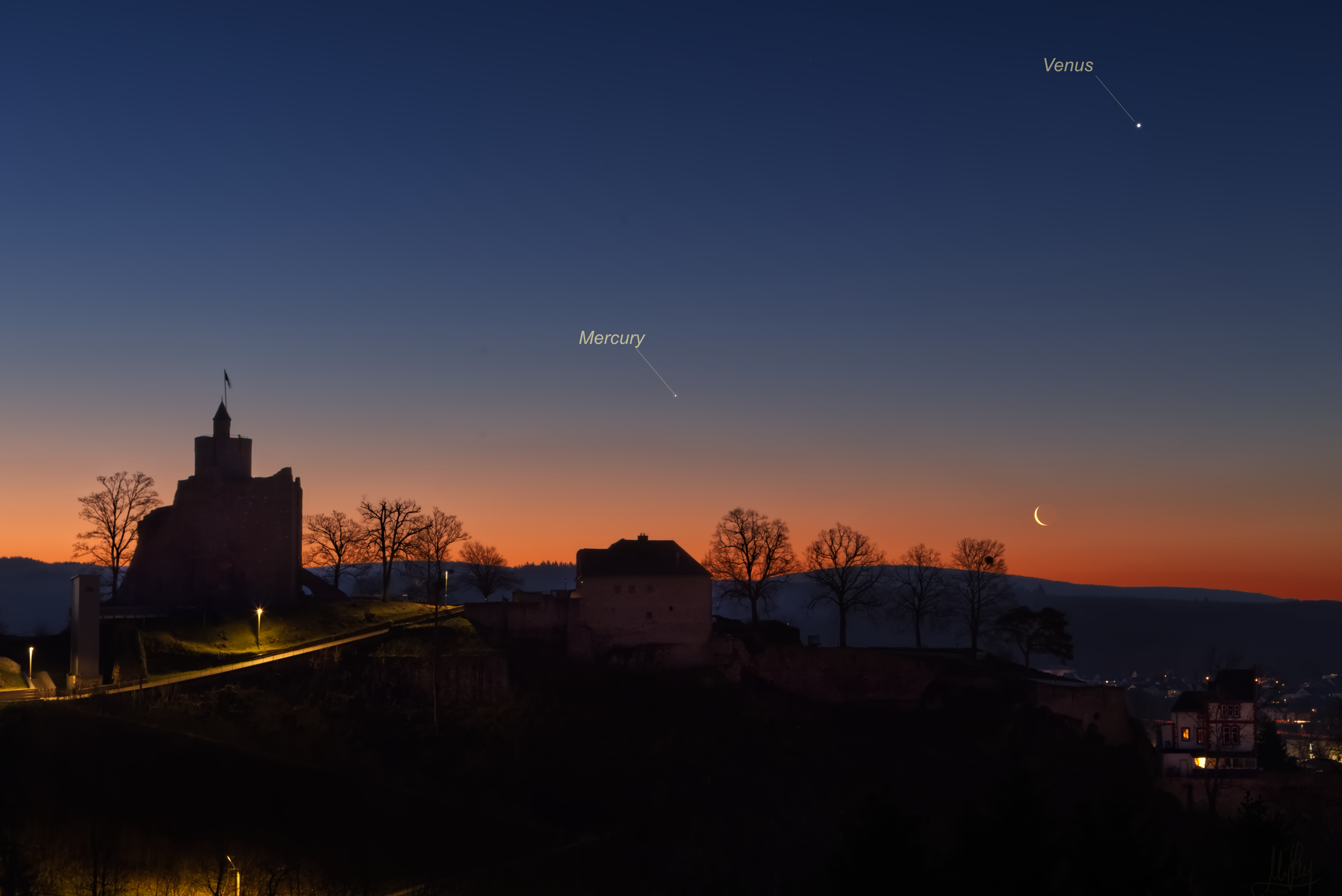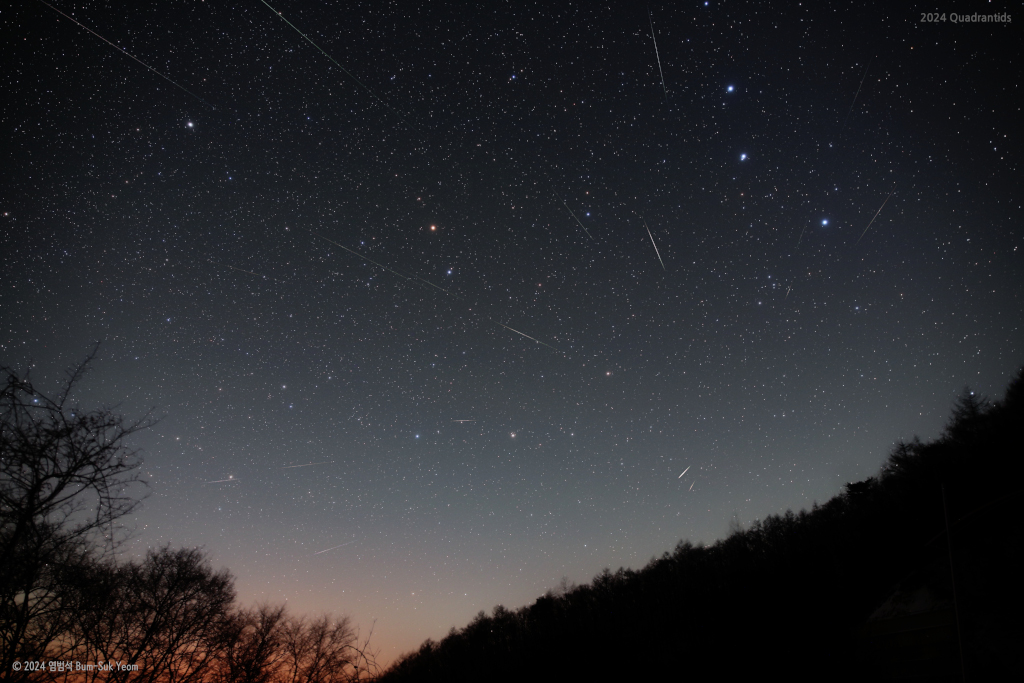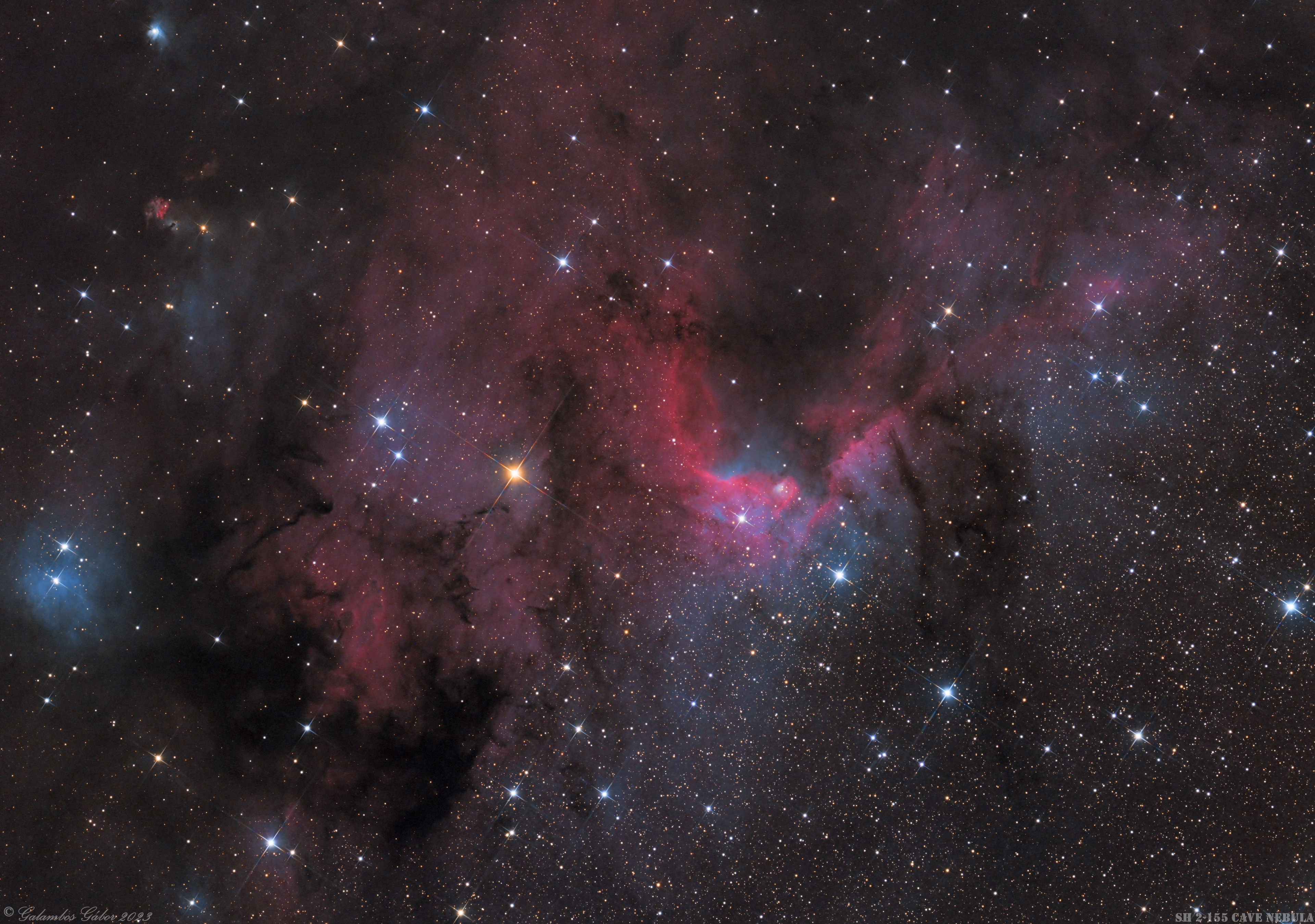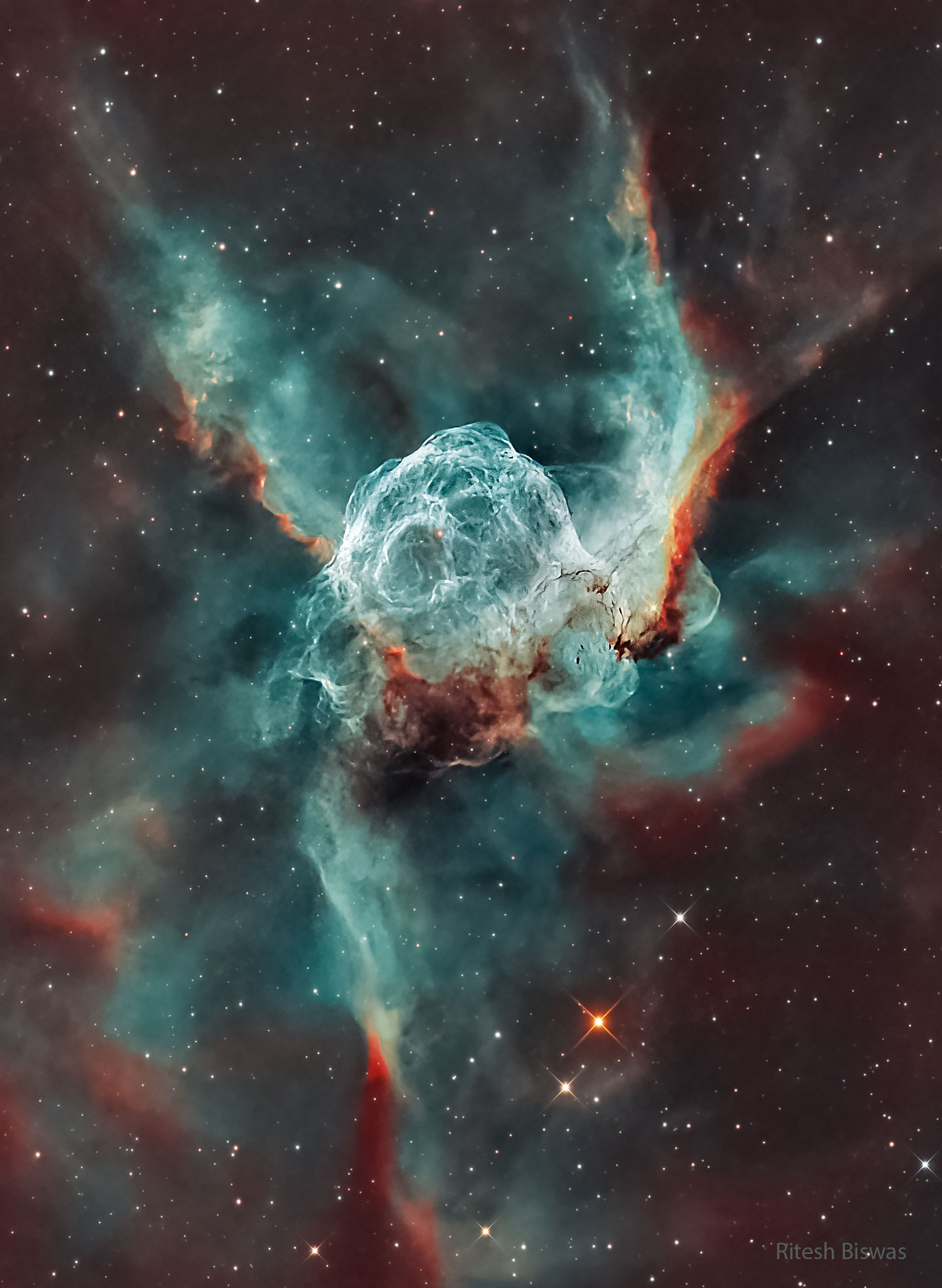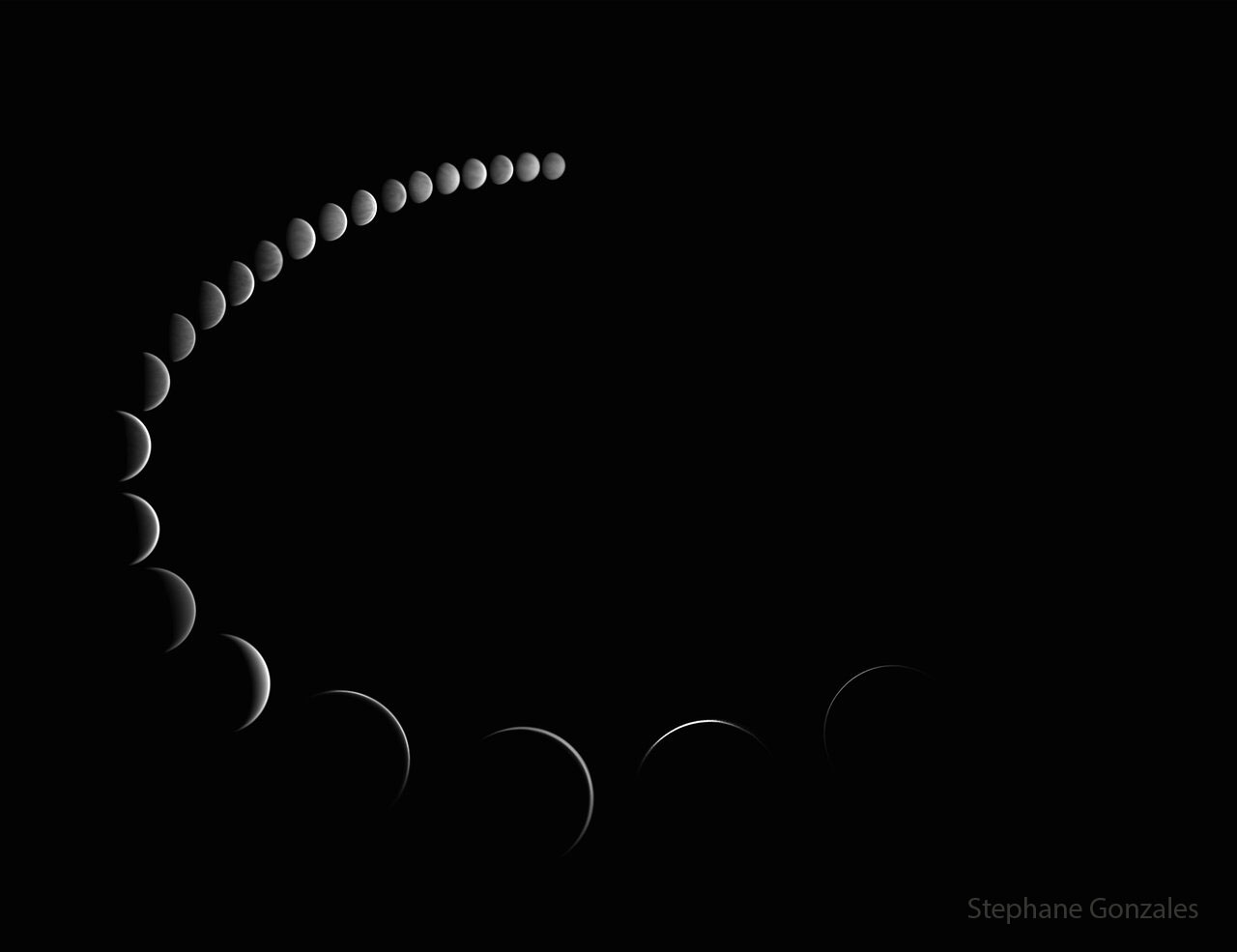301
14
302
303
304
305
49
Nasa unveils quiet supersonic aircraft in effort to revive commercial flights
(www.theguardian.com)
306
307
309
310
14
Using Hubble, scientists observe weather on exoplanet - NASASpaceFlight.com
(www.nasaspaceflight.com)
311
115
NASA Finally Removes Last Two Fasteners To Access Historic Bennu Asteroid Sample
(www.iflscience.com)
312
313
314
315
316
21
A Jupiter-sized planet has been hiding a big secret: A 350,000-mile-long tail
(newsroom.ucla.edu)
317
48
NASA Selects a Wild Plan to "Swarm" Proxima Centauri With Thousands of Tiny Probes
(www.sciencealert.com)
318
319
320
321
322
323
324
325
